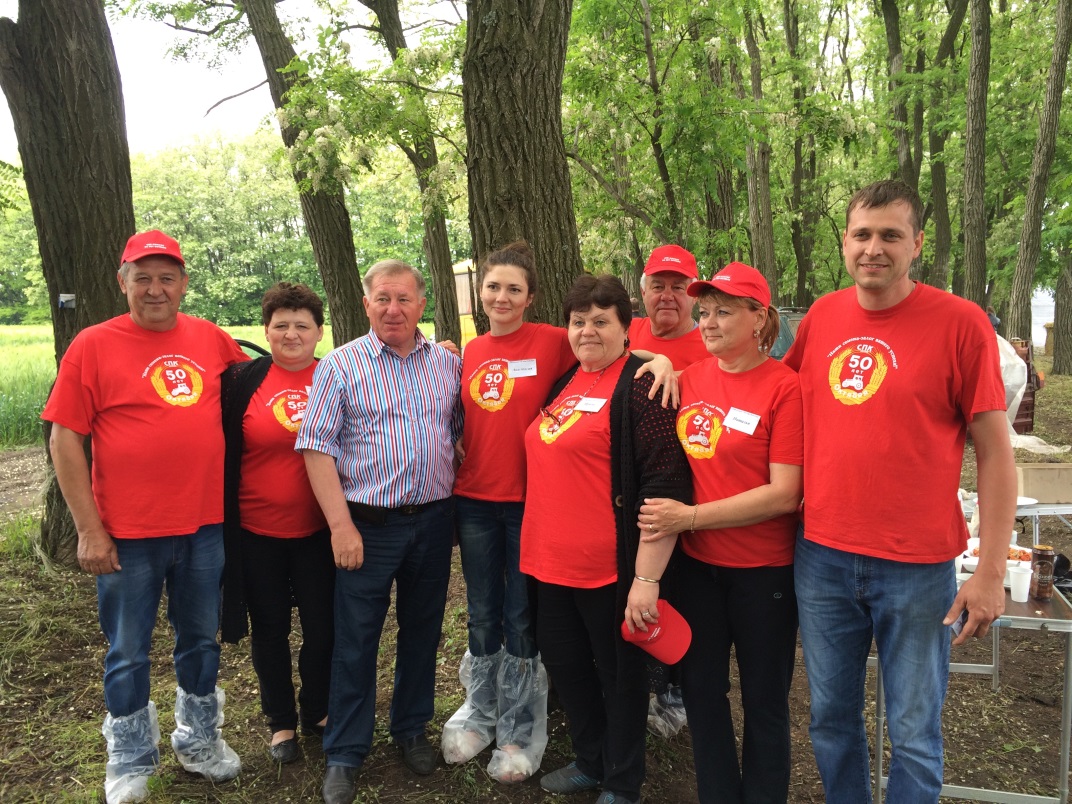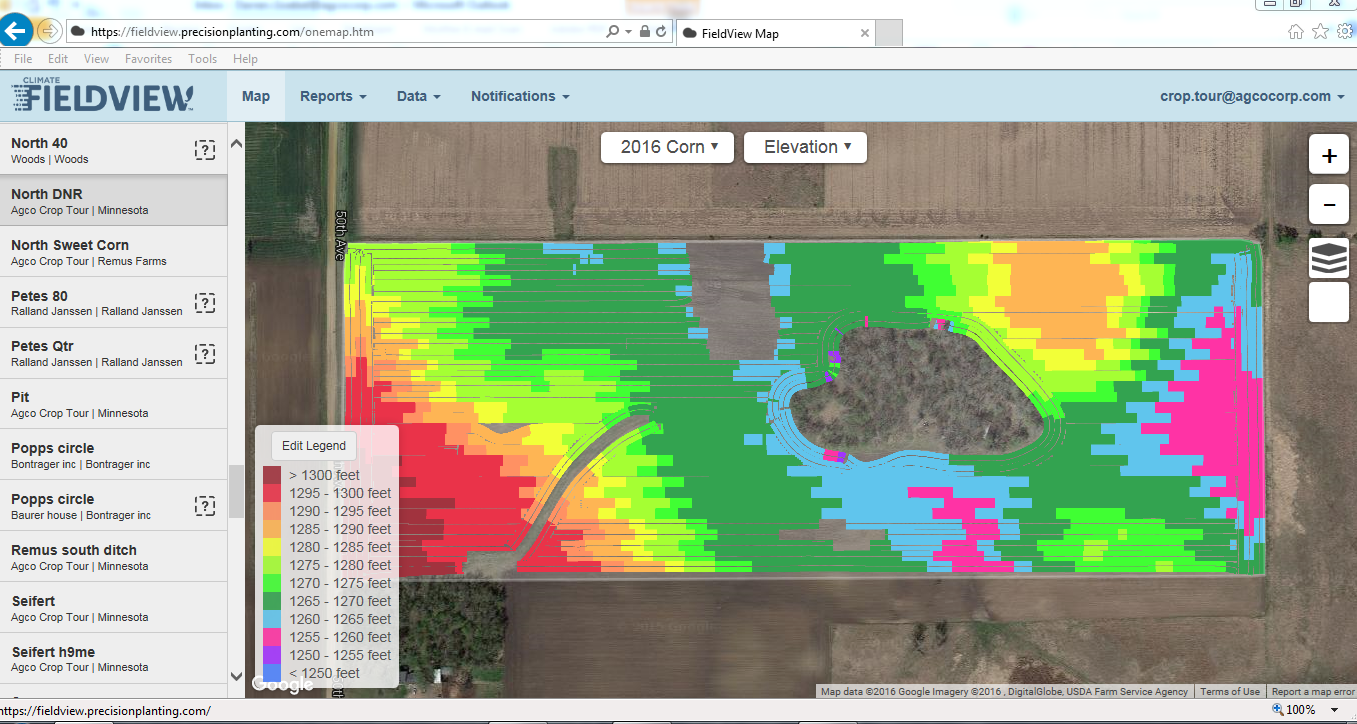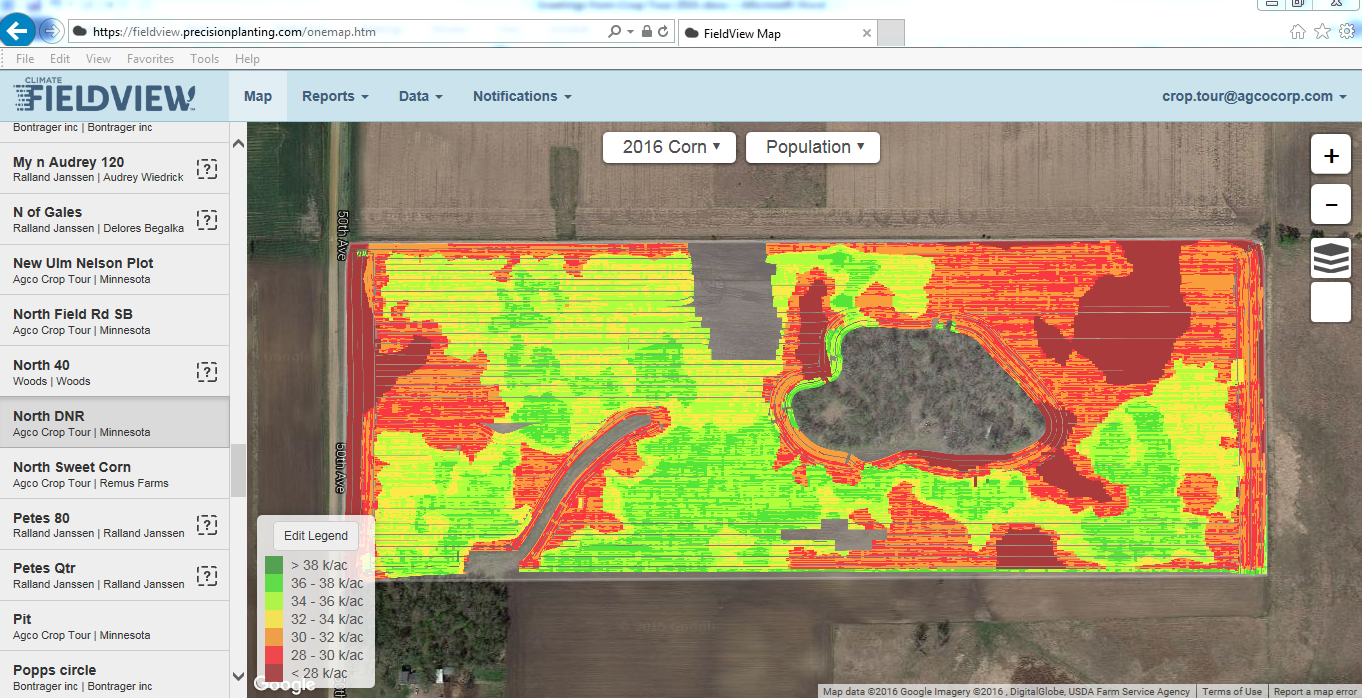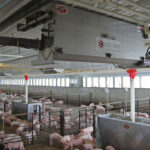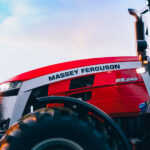Global greetings from Crop Tour 2016
By Darren Goebel Greetings from Crop Tour 2016! Crop Tour is an initiative at AGCO in which we are gathering information throughout the growing season and demonstrating how different variables that farmers face every year can impact overall yield potential....
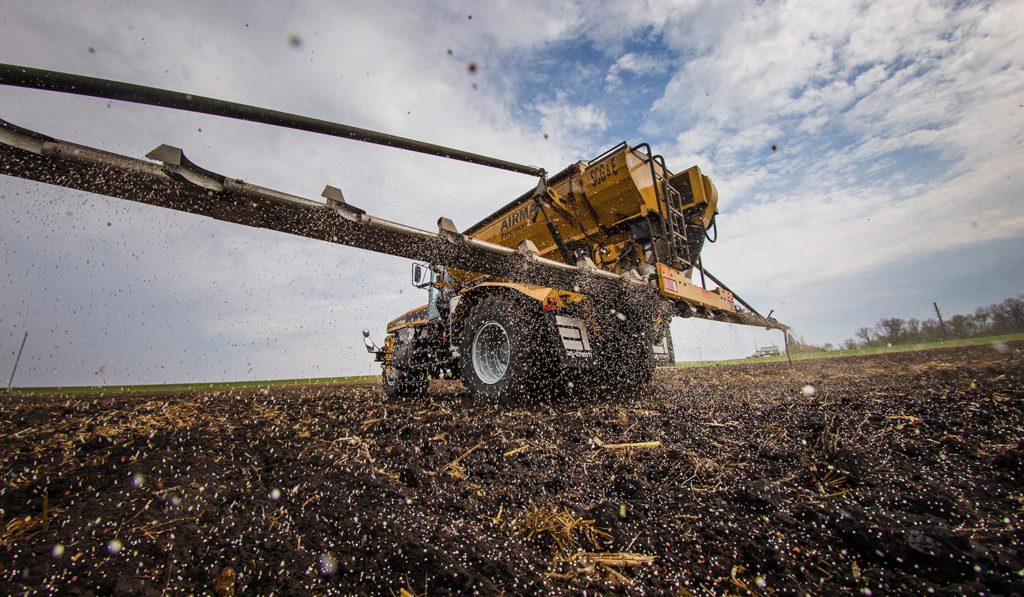
Global greetings from Crop Tour 2016
By Darren Goebel Greetings from Crop Tour 2016! Crop Tour is an initiative at AGCO in which we are gathering information throughout the growing season and demonstrating how different variables that farmers face every year can impact overall yield potential....By Darren Goebel
Greetings from Crop Tour 2016! Crop Tour is an initiative at AGCO in which we are gathering information throughout the growing season and demonstrating how different variables that farmers face every year can impact overall yield potential. As an agronomist I love the opportunity to get out to walk fields, observe crop progress, and talk to farmers. This week I was in North Dakota, Minnesota, and South Dakota. Two weeks ago I was in Russia. What is interesting about these two seemingly divergent locations is how similar farmers from Fairmont, MN, to Rostov-on-Don, Russia, are. Everywhere I go; farmers are looking for new techniques to increase production as efficiently as possible in order to improve their bottom line. AGCO is leading the precision revolution with Fuse® Technologies and the most productive, accurate seeding equipment in the world.
Following is my story of Crop Tour 2016 in photos:
Precision pays in Russia
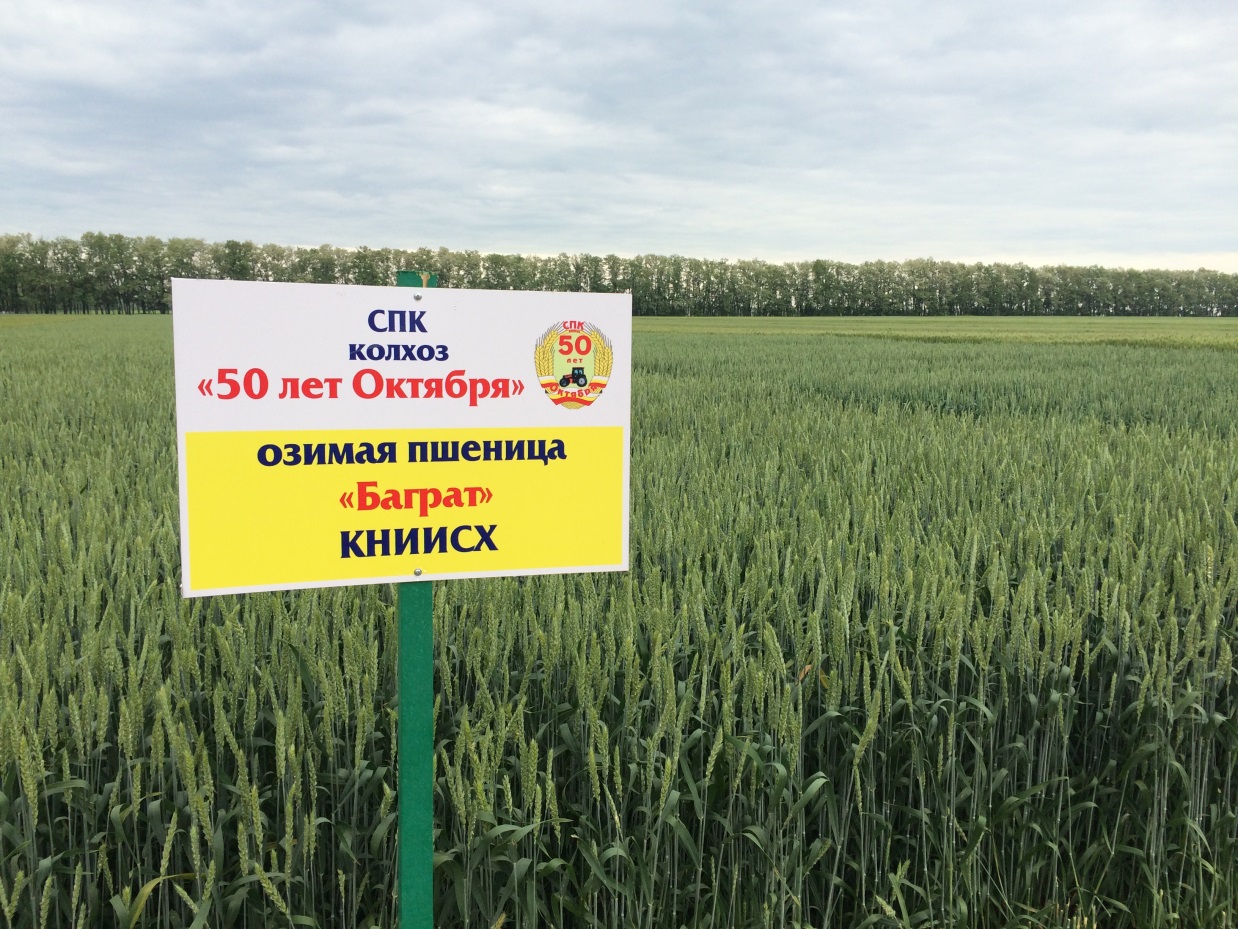
Wheat plots. I was amazed to learn that wheat on this farm averages over 100 bushels per acre. Up to three nitrogen applications and two fungicide applications were made with an AGCO Challenger/RoGator Sprayer to insure top yields.
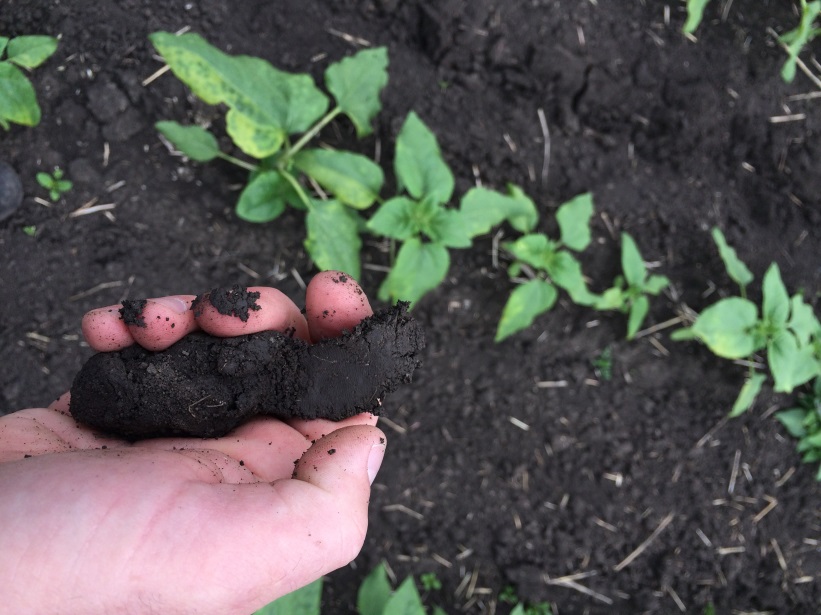
Soils in this region are high in organic matter and highly productive. This is a high organic matter silty clay loam soil. You can see Sunflowers in the photo. These were planted with a White VE series planter equipped with Precision Planting technology. Sunflowers are extremely difficult to singulate due to their inconsistent size. With precision planting technology, White/Challenger planters are proving to be one of the most accurate planters in the market.
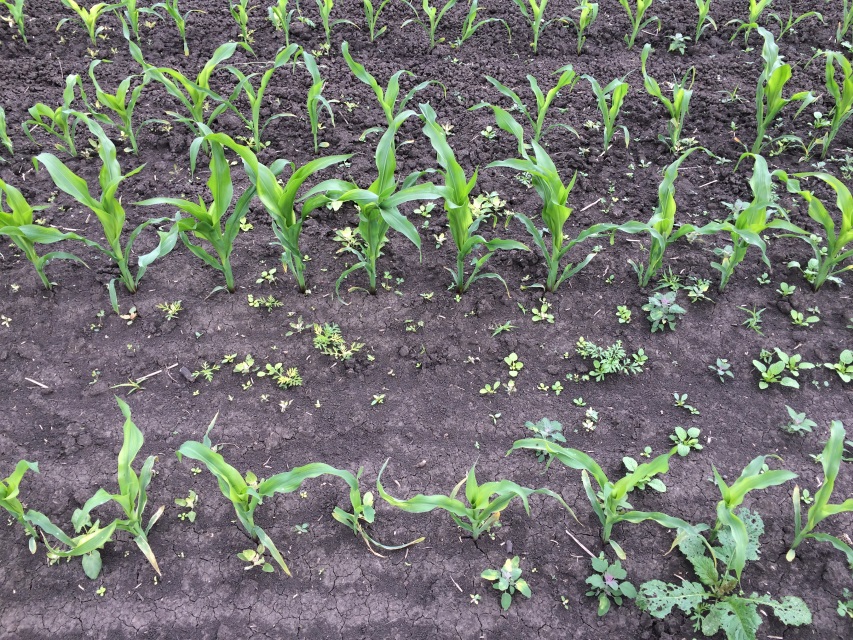
Several farmers, after seeing the incredible stand we were able to achieve, asked how much our planter costs. After a few calculations we determined that a farmer could buy a new VE series Challenger/White planter every other year on the yield improvement he could realize from precise singulation. Note the weeds pictured were in a check strip that our crop tour partner, Syngenta, had left to show weed pressure.
Minnesota, the land of 10,000 lakes; 30,000 after a hard rain
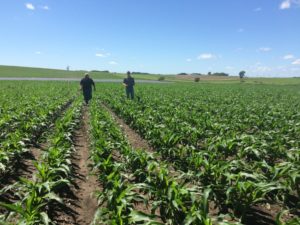
Most of the corn in the region I travelled was between V5 and V7 growth stages. It is important to have adequate nitrogen and water at this stage because the corn plant is setting number of kernel rows per ear around V6. While number of kernel rows per ear is highly influence by genetics, environmental conditions do play a role.
Crops in Minnesota have had a tough time getting started due to cool, wet weather this spring. This week was no exception. The lake in the background of this picture is a result of over three inches of rain the night before. Pictured in the photo are Rick Sparks and John Menssen, both AGCO employees. Rick is an agronomist and product specialist for the region. John farms and is a Key Account Manager for Ziegler CAT. What I love about AGCO is the passion our employees have for agriculture. Here we were checking stands. This field was planted using prescriptions from Farmer’s Edge, in collaboration with Fuse Technologies for Crop Tour 2016.
Elevation map taken from “as applied” data collected from the GPS receiver, shown in FieldView. Agronomists use elevation data along with NDVI, yield data, and soil productivity information to make population decisions. Visualization above through Climate’s FieldView, a Fuse connected partner. Note the missing portion of the “as applied” map where the lake can be seen in the previous picture. Below you can see the variable rate prescription from Farmer’s Edge that was applied. Varying seeding rates increases yield on highly productive soils while not wasting seed on poorer soils. The red areas shown below were seeded at 20,000 plants per acre.
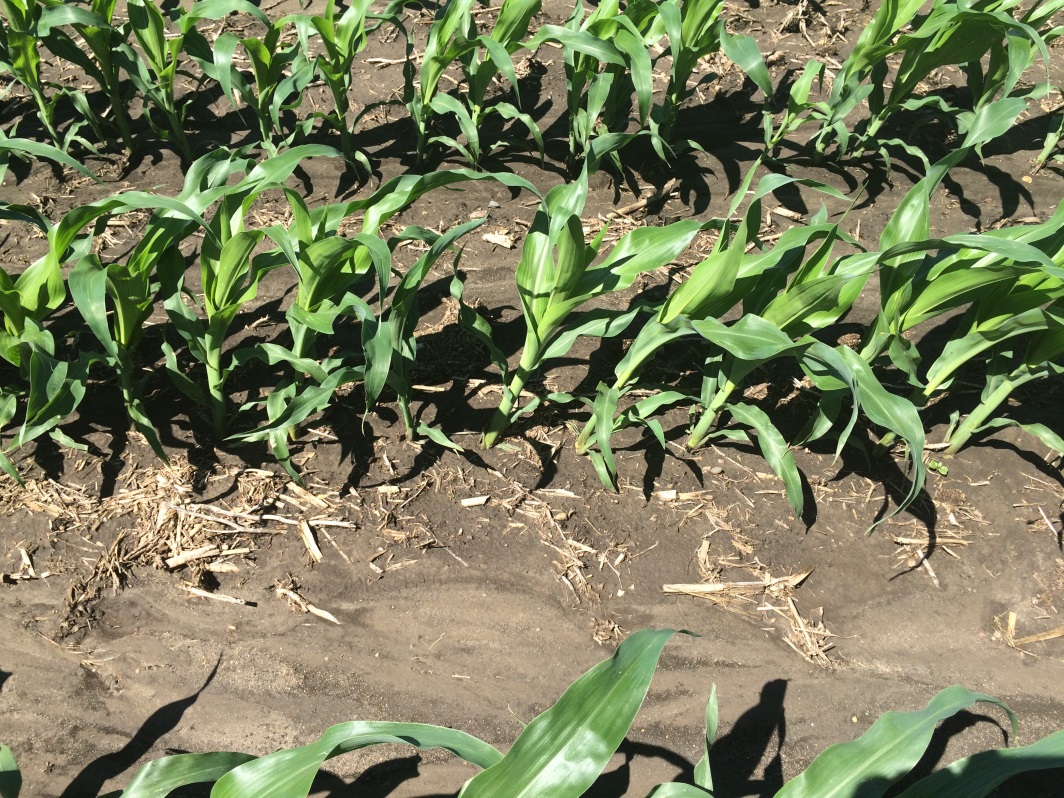
Above: 36,000 plants per acre in highly productive loam soils.
Below: 20,000 plants per acre in poorer gravelly soils.
One of the most rewarding things about working in agriculture is the opportunity to interact with farmers around the world. They are working hard to sustainably produce crops so that future generations can continue to enjoy the lifestyle. It’s hard work but I have not met a farmer yet that would rather be doing anything else. More to come from Crop Tour 2016!
Darren Goebel is the Director Global Commercial Crop Care, for AGCO’s Global Product Management Group. Connect with Darren on Twitter @Agronomist_IN.

